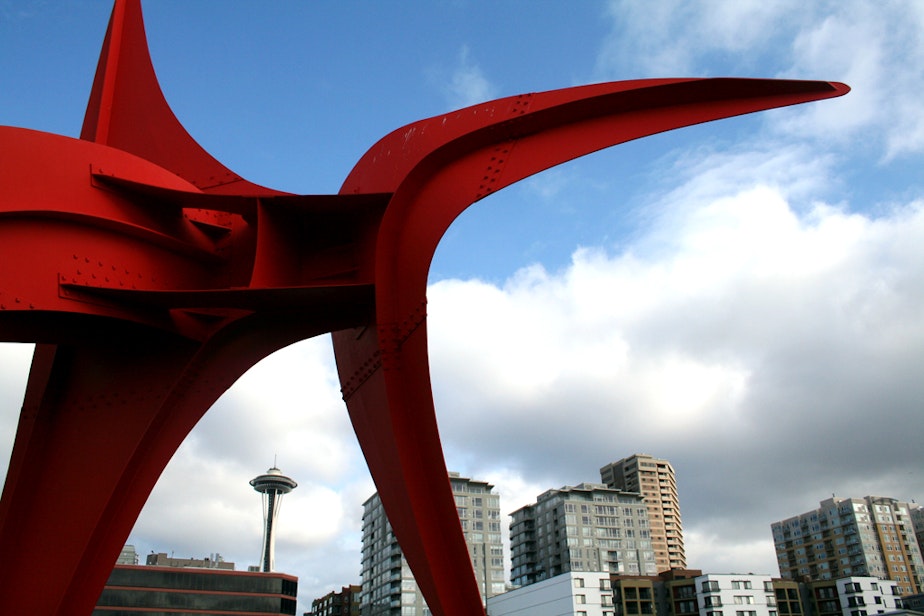'It’s Like Pornography': Searching For Cultural Space In Seattle

Matthew Richter has his dream job. For the past eight months, he has served as Seattle's Cultural Spaces Liaison. But when you ask him to tell you what a cultural space is, he laughs.
"That's the million dollar question,” Richter said. “It's like pornography (you know it when you see it)."
Actually, the City of Seattle takes a broad view of what constitutes a cultural space: Theaters, artist studios and galleries all qualify. So do nightclubs that have live music performances. Even the Woodland Park Zoo falls under the city's rubric. All told, Richter and his team have catalogued approximately 13 million square feet of cultural space in Seattle, although 7 million of that is the zoo itself. The sheer quantity surprised Richter.
"It's more than coffee shops in Seattle, more space than Amazon.com," he says.
And that helps him when he sits down with developers to talk about creating more such space in their new buildings.
Last autumn, Seattle's Office of Arts and Culture convened a citywide forum to talk about cultural space and affordability. Richter says the commercial development model has helped to generate studio space for working artists, but they've had a much harder time finding affordable housing or live/work space in Seattle itself. That's no different from the situation for other demographic groups that don't earn big salaries in this increasingly expensive city.
As construction gears up again following the long and lingering Great Recession, commercial developers are looking to maximize the profit from their properties. That's an impulse Richter recognizes, but he wants to give the developers a little incentive to include gallery or theater or artist live/work space in new projects. He points to the kinds of incentives given to green development as a model for what he'd like to see when it comes to cultural space.
Cultural Space Liaison may be the perfect job for Richter. He's worked in theater, as a fine woodworker, as a journalist, and he's created not one but two cultural spaces himself. The most recent, ConWorks, was a multidisciplinary arts facility in South Lake Union. Richter says where some people see empty buildings, he sees opportunity.
"Is this real estate, or is this art?" he asks. "That's a question I find totally fascinating."
Richter's biggest task as he finishes up his first year on the job is to roll out a set of tool kits, for artists and for developers interested in working on cultural space. Now that construction is revving up in Seattle, Richter says many arts organizations in the city are looking to renovate, expand or build new space. His job is to help them realize their dreams.

